These Birds Do Not Exist
Great Northern Oyster Cracker
The Tawny-Breasted Fishmonger
Lester's Finch
The Forbidden Duck
Spectacled Ringwraith
Headless Horseman
Eastern Grump
That-Which-Sings
Turner's Hooch
Red-Breasted Eye-Poker
Giant-Headed Bug-Stabber
The False Moffat
Humpbacked Quail
Captain Falcon
The Interrupter
Warped Dangler
Biblically Accurate Grouse
Monochrome Reedwacker
The Worst Shrek
Blue-Caped Buddy
Common Benchpress
Flagrant Scofflaw
Rusted Rooter
Wooden Spoon and False Wooden Spoon
The Freelance Bartender
The Whole Wheat Breadbox
The Burrowing Evildoer
The Flammable Finch
Definition of Terms
I'm saving a more detailed policy statement about AI image generators for a future post. For now, I just wanted to preserve my notes from earlier this year in case Twitter goes down. Note that I'm careful to use the term "image generator" rather than "art generator." I call the stuff that AI poops out "images" and leave it at that. I graduated from art school. I've had enough "what is art?" debate to last years.
The Beginning
In the late winter of 2021, I first started playing around with AI image generators of all kinds. I was inspired by the light-hearted fun of Janelle Shane's AI Weirdness and wanted to explore this new tool myself. Hard to believe it now, but at the time I considered these image generators more like a weird toy than any existential threat to art itself.
My immediate concern was the training corpus being so hidden to the front-end user. You had no idea how the AI was trained or what it was trained on. Still, with only a little work, you could find the famous photos that lurked somewhere in the training corpus.
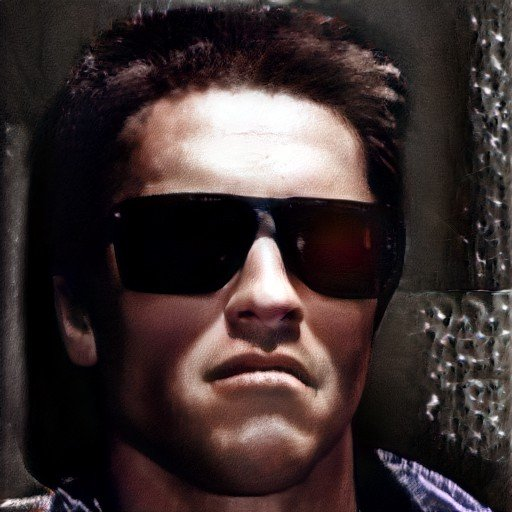 |
| https://www.artbreeder.com/beta/image/ed9a983624520d18e6ed |
I started looking at Colaboratory notebooks that I could train myself. I figured that if I knew where the images came from, I could be a little less nervous about accidentally infringing on a trademark. I trained an early version of LookingGlass on this curated collection of public domain ornithology illustrations sourced from the Biodiversity Heritage Library.
The results are janky as hell, but also kind of hilarious. Since birds often appear in the context of flowers, leave, and branches, there were often some odd blends of all three. I'm surprised it didn't occur more often, to be honest. It's pretty good at knowing leaves and wings go together. The beaks and heads give it trouble though.
Given the widely varying morphology, I feel ill-equipped for judging the success of the AI's training. I just have a gut sense of what's "plausibly bird." The best I can do is like "Uh... Beak? Yeah, somewhere. Wings? At least 2. Funky plumage? Yep. Plausibly bird. Next!"
The Origins of STORK
I can have a juvenile sense of humor, so I started having fun making up names for these birds. Eventually I compiled some of these images into a jigsaw puzzle and other merch on my Society6 shop.In due course, the line between fungus and avian begins to blur, with young chicks being indiscernible from their fungal counterparts.
Branching Experiments
Perhaps 1 in every 50 outputs were completely alien. I think the preponderance of legs, trunks, and tails in the training data confused the AI, so it just made these tentacled horrors.
Faith Plummets
Conclusion?
I've saved a bunch of LookingGlassAI outputs in this folder for posterity. Who knows what I'll do with them next, if anything. As I've come to realize, no AI-generated image is without legal risk, even if I make a transformative work like my posters and jigsaw puzzles.
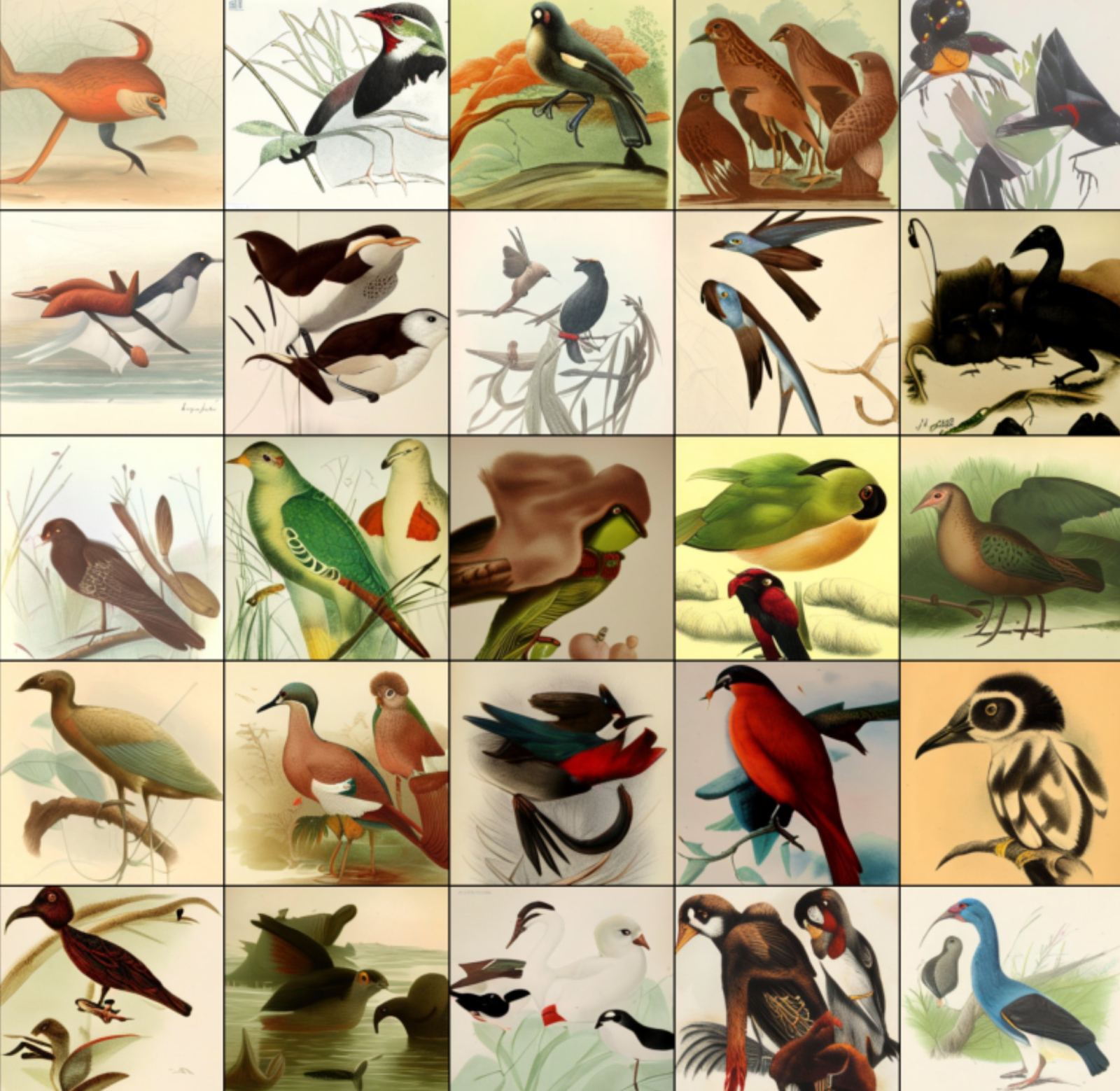









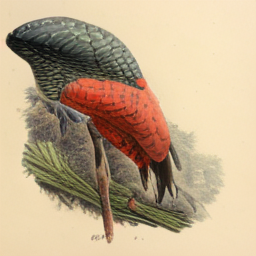



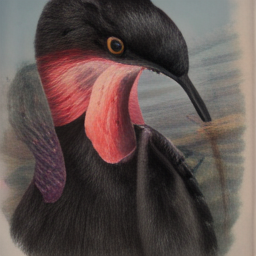

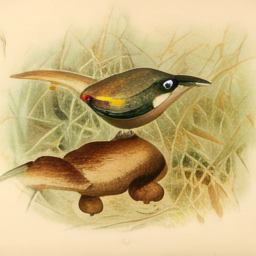







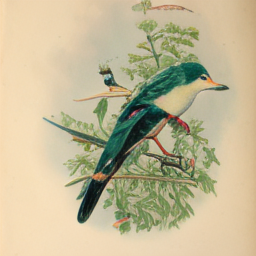









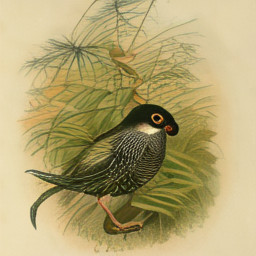










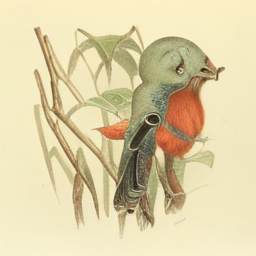



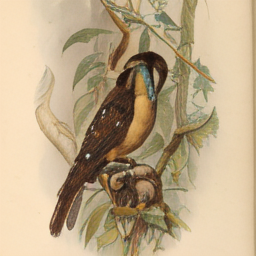




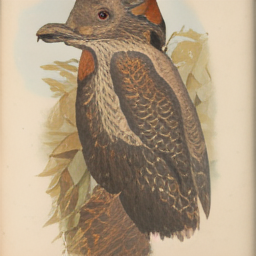







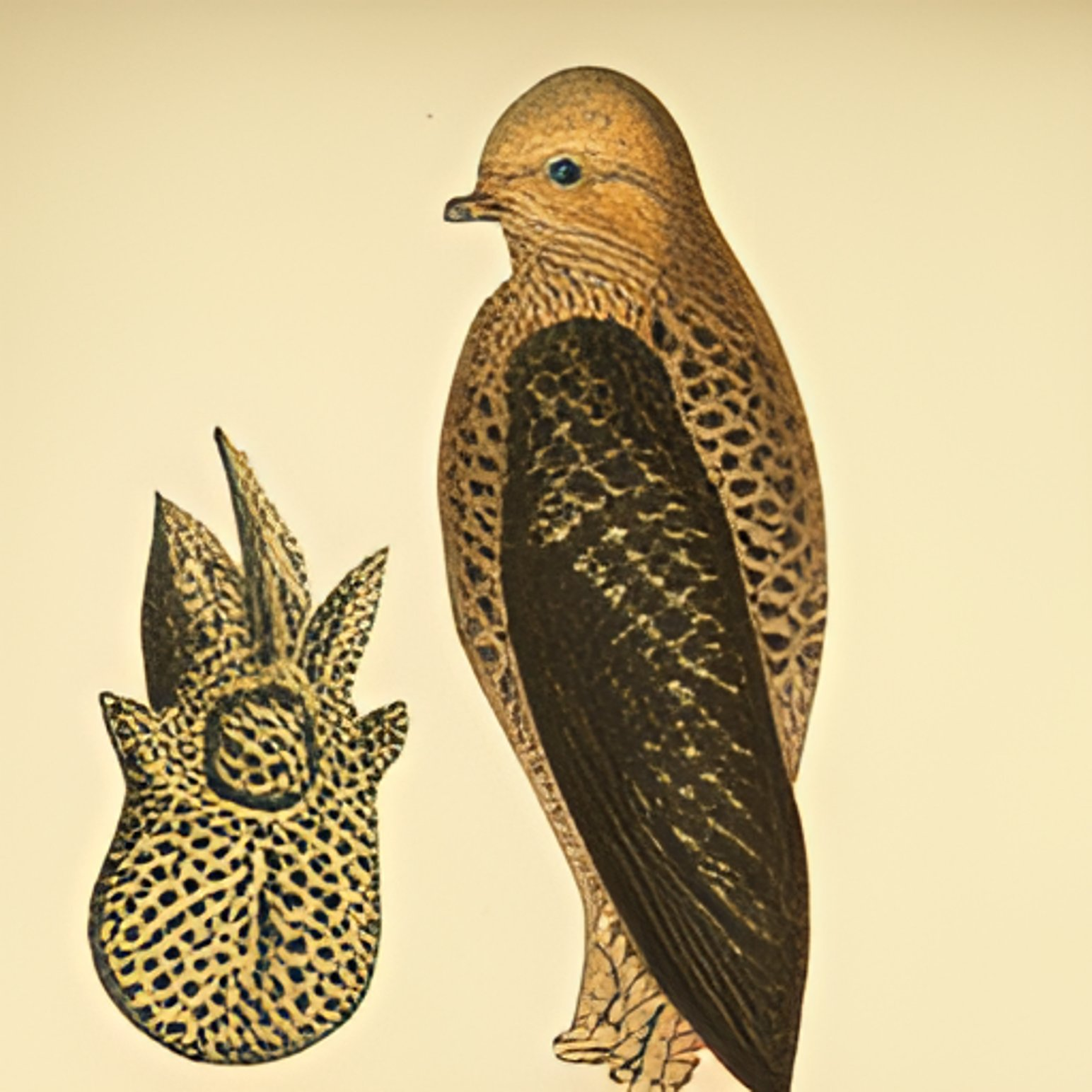



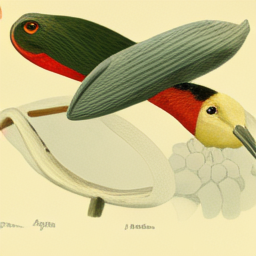

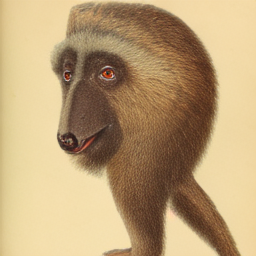
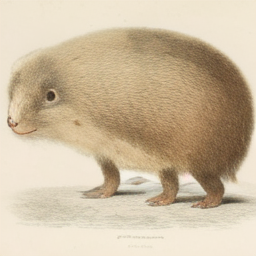
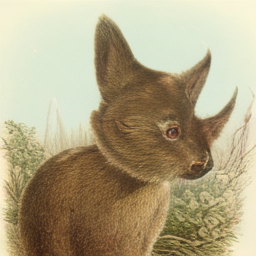
















Comments
Post a Comment